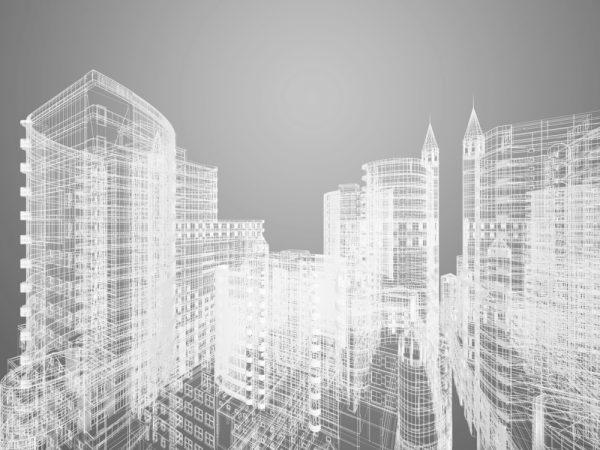Advancements in 3-D technology are changing the way construction companies design and build structures. By using advanced features to lay out new buildings, a construction business can save time and improve their productivity. They can also make their structures safer and more practical for people to use.
From computer programs that allow workers to see all sides of a structure they are building to three-dimensional printouts that showcase how a new property will look on the inside and outside, 3-D technology is having a tremendous effect on how construction companies are doing their jobs.
Major Time-Savings
One of the most-time consuming aspects of a construction job is the planning and design. These aspects of the process has been accelerated thanks to 3-D printers. Lockard Real Estate Solutions stated that 3-D printing was a huge time-saver, as it allowed construction companies to create complex designs faster than ever before.
In January, Chinese construction workers used a 3-D printer to design an entire five-story apartment building, CNet reported. The structure is the first of its size to be printed, and construction officials cited the time-savings as one of the major reasons the project was completed. Using 3-D printing saved between 30 and 60 percent of construction waste, and production time was decreased by nearly 70 percent compared to traditional construction practices.
The success of the apartment building, and the time saved constructing it, has companies optimistic they can continue using 3-D printers to make larger structures, including skyscrapers.
Steps in Innovation
Using 3-D technology gives a construction company the chance to think differently about projects than it had in the past. Instead of laying the foundation first and building up, the new approach allows a structure to be made piece by piece in ways it never has before.
Design firm MX3D, based in The Netherlands, is constructing a 15-meter bridge to cross a canal using a 3-D printer, The Economist explained. Rather than printing out sections of the bridge separately and then connecting them, the workers are printing out the steel all at once. Each stage of the bridge is controlled through a computer program. MX3D’s co-founder Tim Geurtjens explained that the program takes “slices” of the virtual bridge and feeds that information to the printer.
“Without such software, it would be impossible to print a complex bridge like this,” Geurtjens said.
As 3-D technology expands in popularity, construction businesses and designers will find new ways to use it. The technology gives workers the flexibility to design in new ways, all the way from the design stage to the finished product. Along with building and bridges, construction companies can find several important uses for 3-D printers.
While it is exciting times for construction companies using 3-D printers, there are still some concerns using the technology. It is not foolproof, and does need to be overseen. But as it proves to be a great time-saver and lead to tremendous innovation, 3-D will continue to change the construction field.
